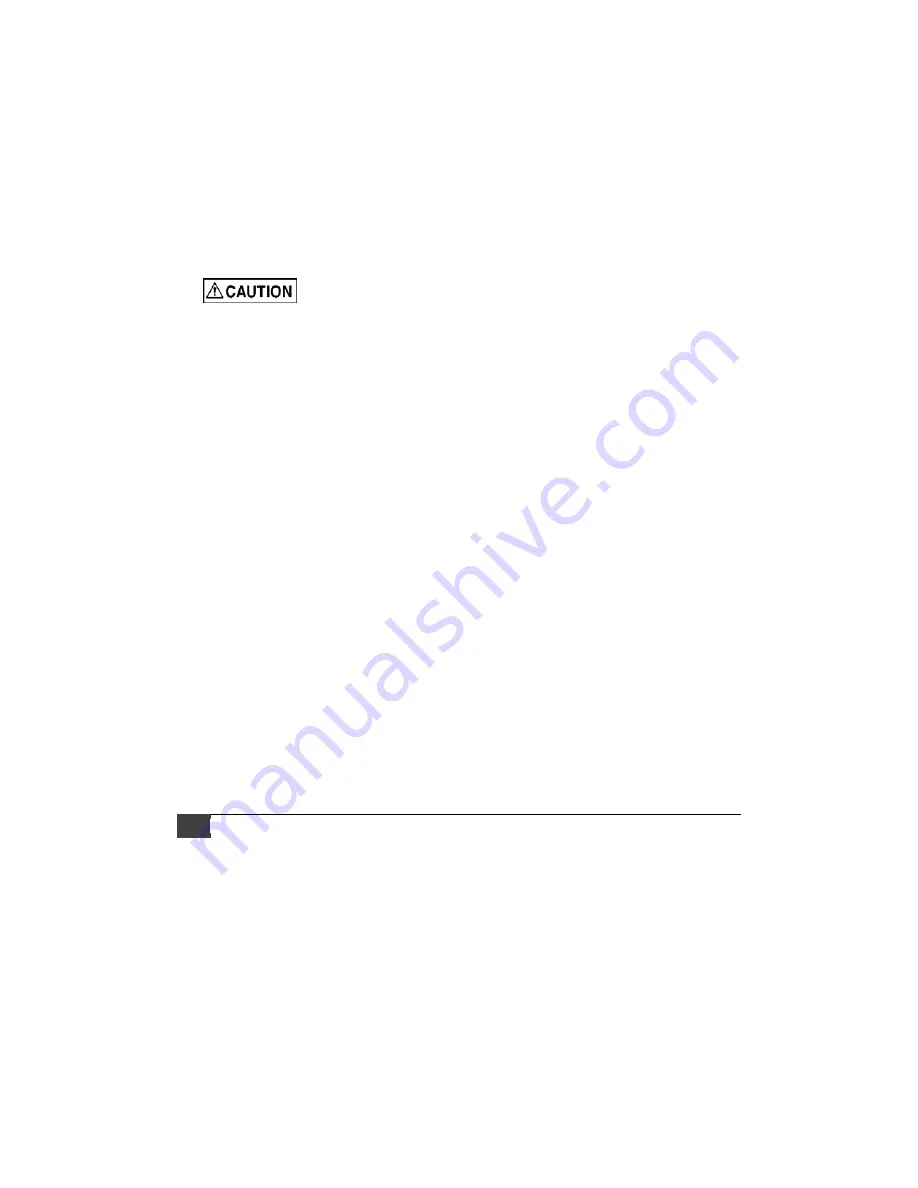
8
JAT-720 Dual Action Sander
Storage
Avoid storing the sander in very humid locations
which promotes rusting of internal mechanisms.
Always oil the tool and disconnect air hose before
storage.
Air system requirements
1. Use proper air hose size (refer to tool
specifications). The hose should be just long
enough to serve the working area. Excessive
hose length will cause pressure drop.
2.
Make sure air compressor supplies clean,
dry air at correct CFM for the tool.
3.
Set air pressure to 90 psi.
Excess air pressure
and/or unclean air will shorten the tool’s
life and may create a hazardous situation.
4.
Drain water from air compressor tank daily,
as well as any condensation from air lines.
Water in the air line may enter the tool and
cause damage.
5.
Change filters on the air system on a regular
basis.
6. Air-line pressure may be increased
accordingly to compensate for extra-long air
hoses (usually over 25 feet). Inside diameter
of hose should be minimum 3/8-inch.
General Air Tool
Information
If the air tool is not performing according to
specifications, the following are among the most
common causes. (See also “Troubleshooting”
section.)
•
Contaminated air such as a dirty air system
or water in the system.
•
Using wrong size tool for the job.
•
Poor maintenance practices, such as using
excessive air pressure or air volume.
•
Improper or no lubrication.
Rule of Thumb
If it takes more than 8 seconds to tighten or loosen
a bolt or nut with an air impact wrench at
maximum setting, the air wrench is too small or
the air compressor CFM is not powerful enough
for the job. Continued use in either capacity will
cause damage to the tool.
Tool Pressure
JET Air Tools operate on 70-to-100 psi (pounds
per square inch) air pressure measured at the tool
when the tool is operating. Set tool to 90 psi
unless indicated otherwise. Pressure in excess of
100 psi will shorten the life of the tool.
Air System Recommendations
Equip the air compressor intake with a
replaceable air filter that can be easily cleaned.
Use safety shut-off valves so air flow can be
stopped quickly in case of a line break.
When using multiple hoses, air hoses should be
larger than leader hose. Join multiple hoses
directly, rather than with quick connect fittings
which may cause pressure drops and tool power
reduction.
Use anti-whip devices across hose couplings to
prevent hose from whipping in the event of a hose
failure or coupling disconnect.
Always use moisture traps at the compressor for
the main distribution line. Use moisture traps and
in-line oilers on each downline that is to be used
for air tools. (See Figure 2). Place oiler as close to
air tool as possible for best lubrication.
Lubrication
Use a light oil containing rust inhibitors, such as
SAE #10. Many JET air tools have integral oil
reservoirs, which should be kept filled when in-line
oilers are not used.
If greasing is required, use a grease that is highly
water resistant for front case components on air
impact wrenches, grinders and sanders.
Recycling
Protect the environment. Your tool contains
materials which can be recovered or recycled.
When its useful life has expired, please leave tool
at a specialized facility.
Summary of Contents for JAT-720
Page 9: ...JET 9 Figure 2 Recommended arrangement of air piping and air line system...
Page 12: ...12 JAT 720 Dual Action Sander 505720 JAT 720 Dual Action Sander exploded view...
Page 14: ...14 JAT 720 Dual Action Sander This page intentionally left blank...


































